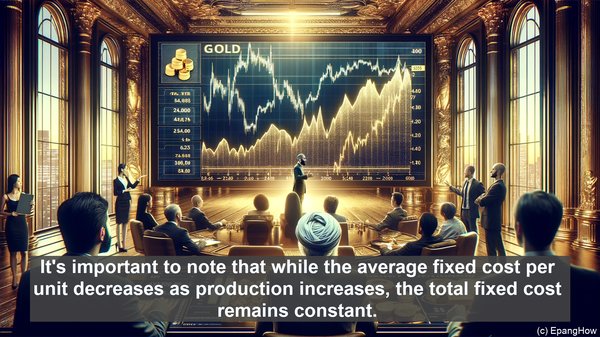Introduction: The Crucial Role of Cost Analysis
Hello everyone! In the world of business, understanding costs is paramount. It allows companies to make informed decisions, optimize operations, and ultimately, enhance profitability. Today, we’ll delve into two fundamental cost components: average fixed cost and average variable cost. While they may sound similar, they have distinct characteristics and implications. Let’s explore!
Defining Average Fixed Cost
To begin, average fixed cost refers to the fixed expenses a company incurs per unit of output. These costs remain constant, regardless of production levels. Examples include rent, insurance, and salaries. As the name suggests, the average fixed cost is calculated by dividing the total fixed cost by the quantity produced. It’s important to note that while the average fixed cost per unit decreases as production increases, the total fixed cost remains constant.

Understanding Average Variable Cost
In contrast, average variable cost encompasses the variable expenses tied directly to production. These costs fluctuate based on output levels. For instance, raw material costs, direct labor, and utilities fall under this category. Similar to average fixed cost, the average variable cost is calculated by dividing the total variable cost by the quantity produced. However, unlike fixed costs, the average variable cost per unit remains constant, while the total variable cost increases with higher production.
The Significance of the Distinction
Why is it crucial to differentiate between average fixed cost and average variable cost? Well, it boils down to decision-making. By understanding the cost structure, businesses can determine the most efficient production levels. For example, if the average fixed cost is high, it may be more cost-effective to produce at higher volumes to spread the fixed expenses across more units. On the other hand, if the average variable cost is increasing, it might indicate inefficiencies in the production process that need to be addressed.
The Relationship: Average Total Cost
Now, let’s explore the relationship between average fixed cost, average variable cost, and average total cost. Average total cost, as the name suggests, is the sum of average fixed cost and average variable cost. It represents the total cost per unit of output. Graphically, the average total cost curve is U-shaped. Initially, as production increases, the average total cost decreases due to economies of scale. However, beyond a certain point, it starts rising, reflecting diminishing returns. This cost curve is a valuable tool for businesses to assess their cost efficiency.

